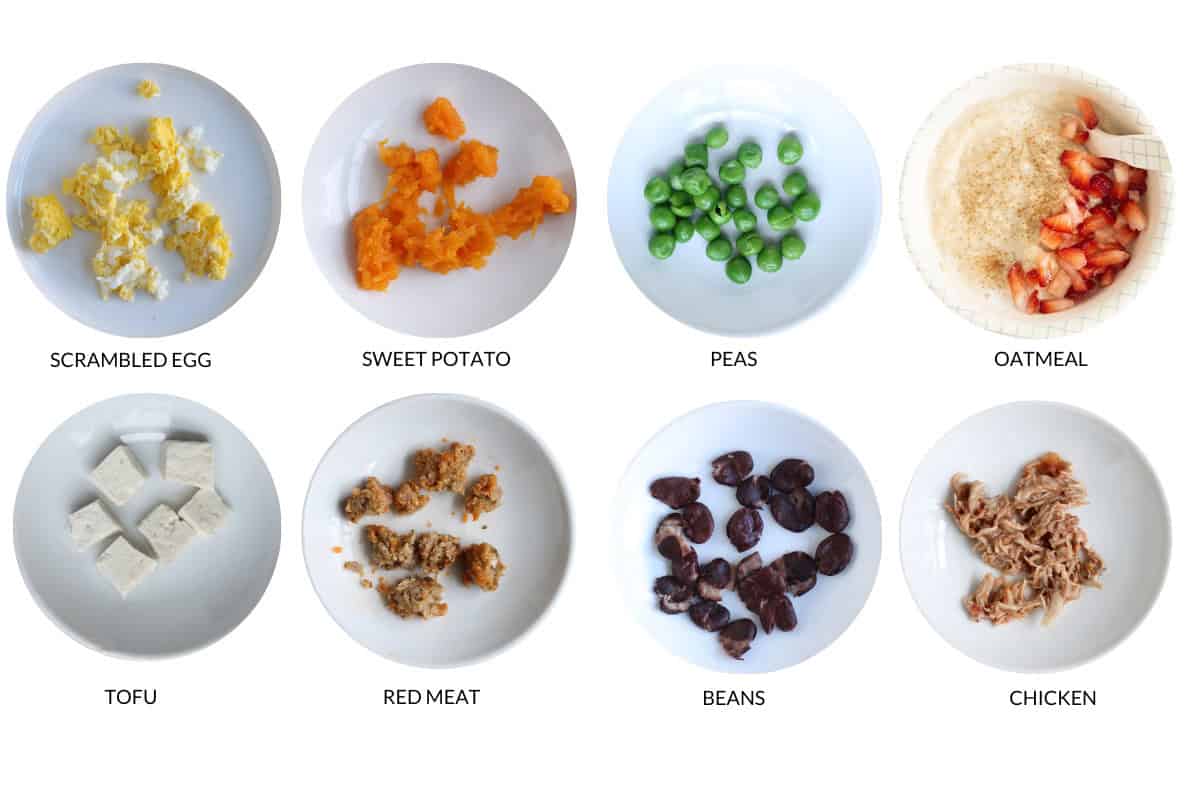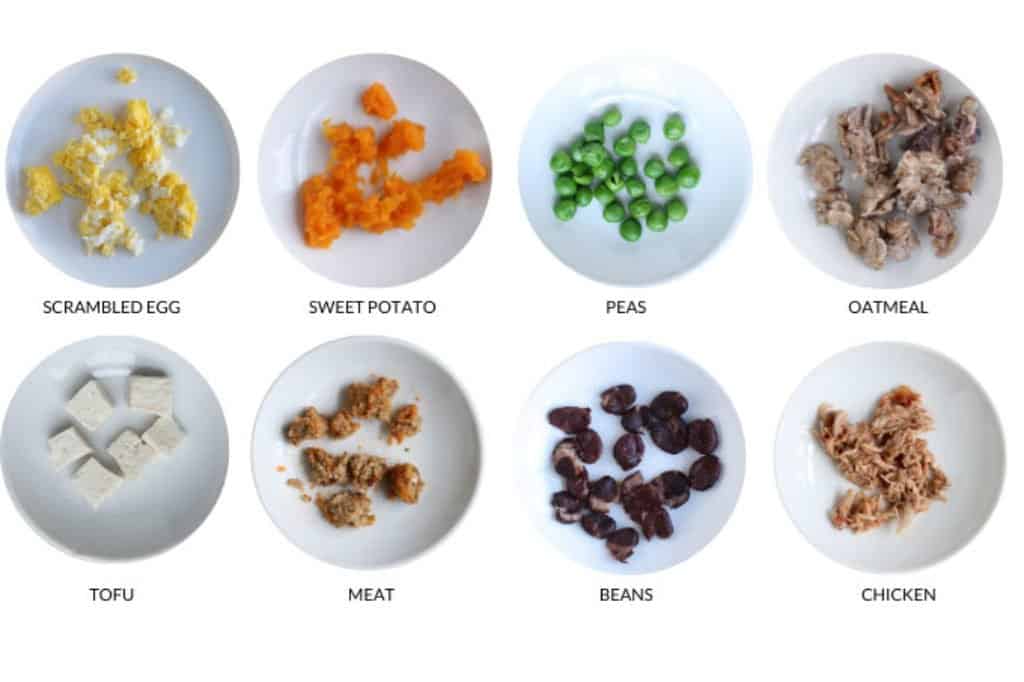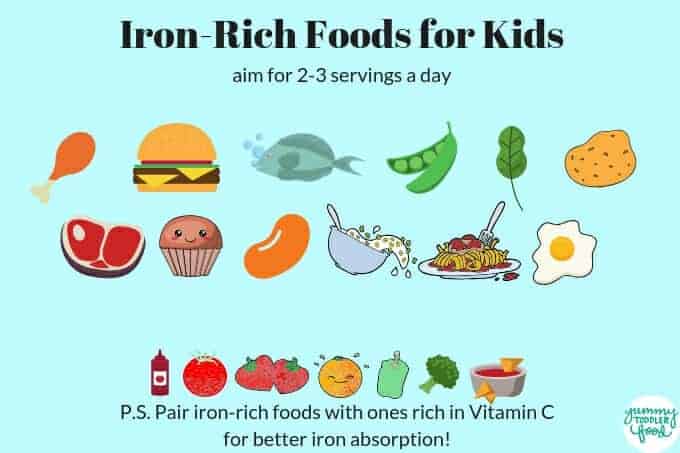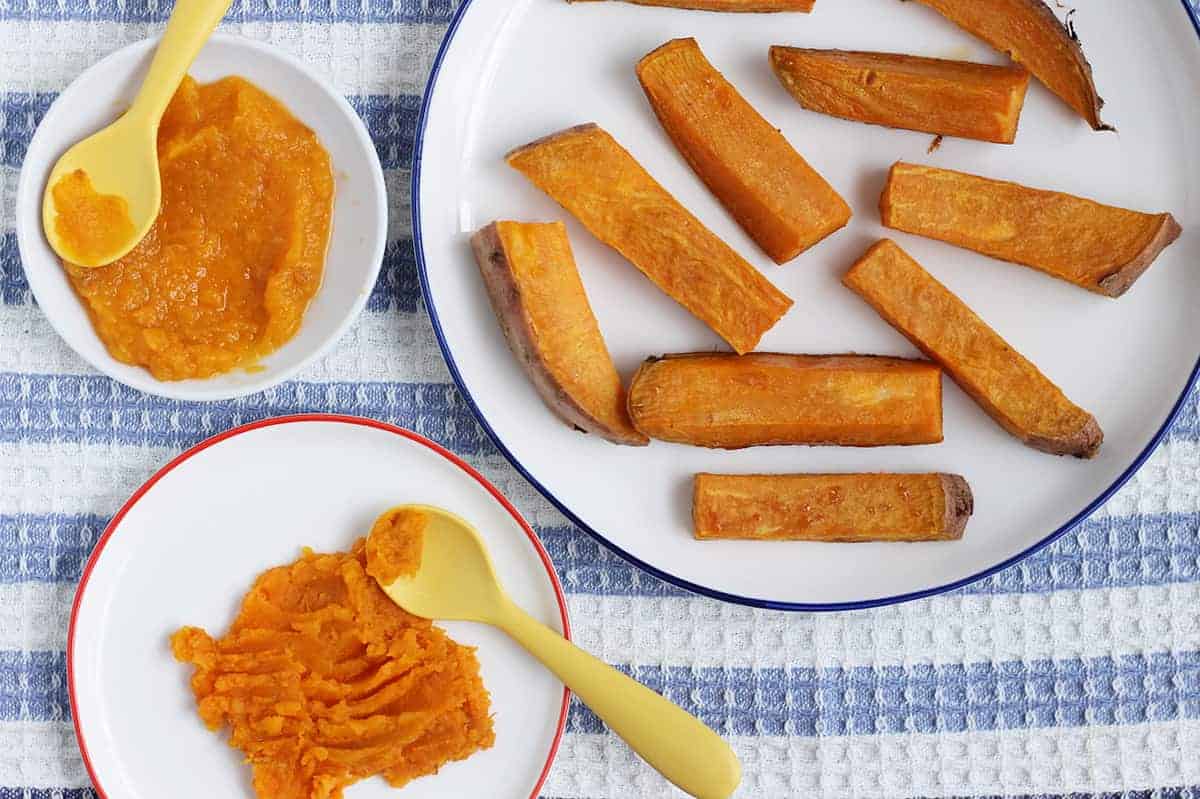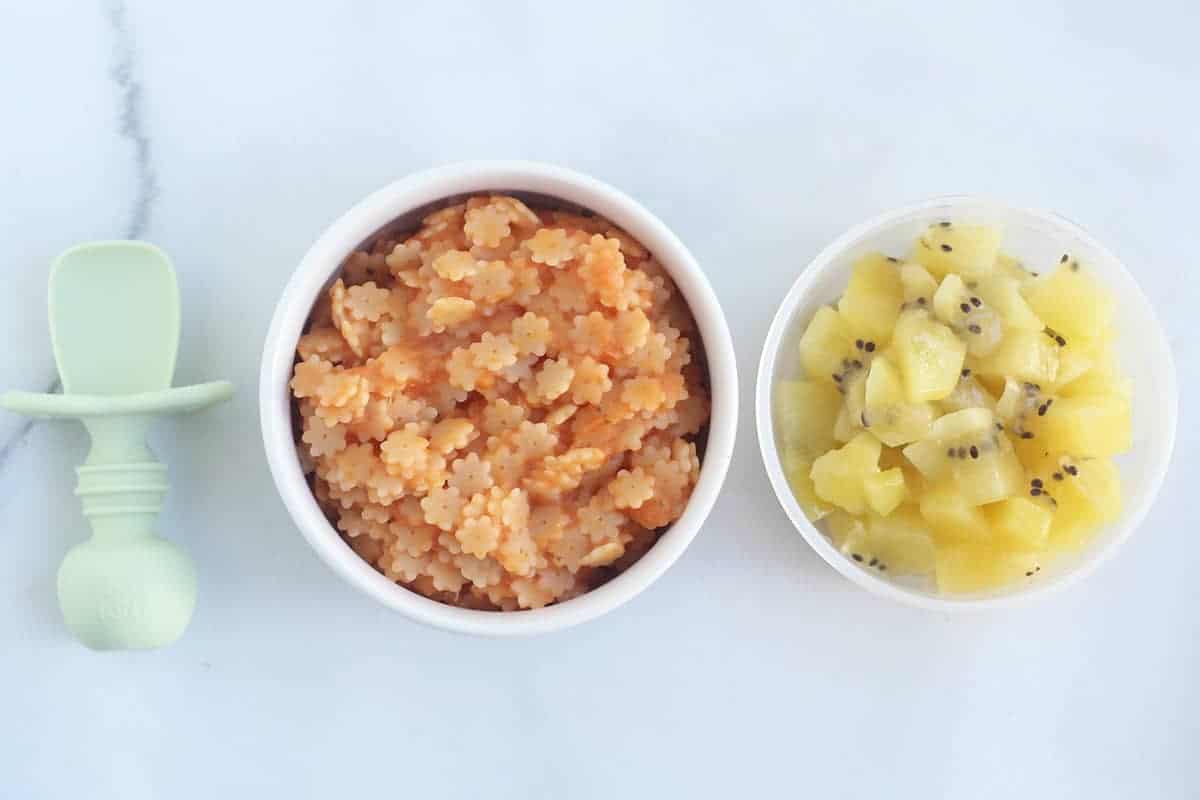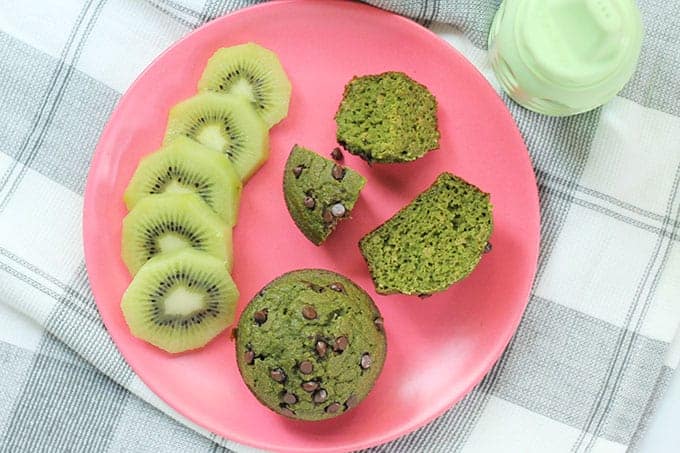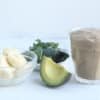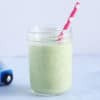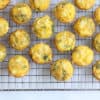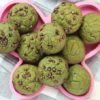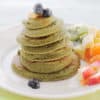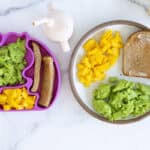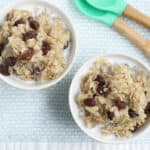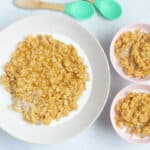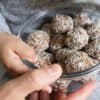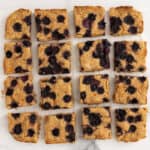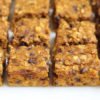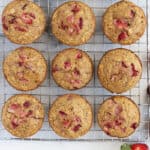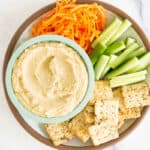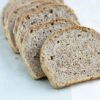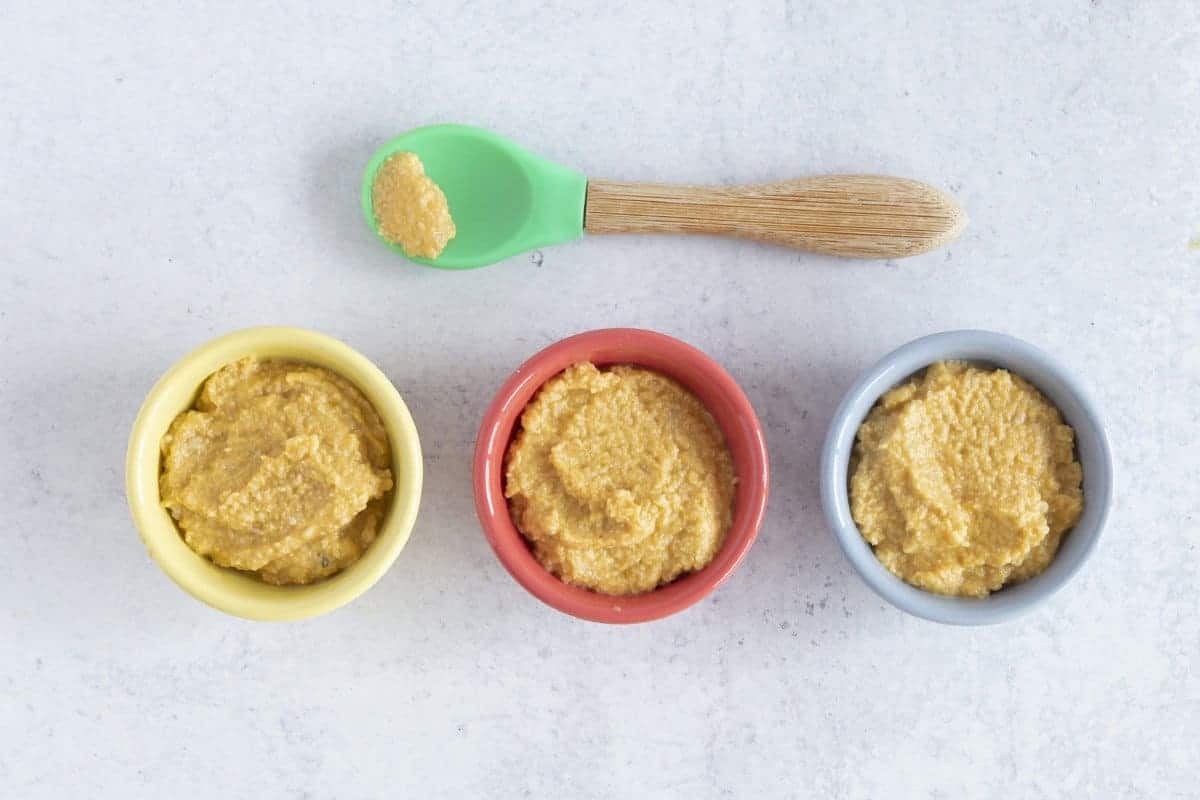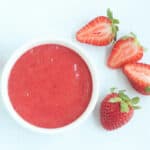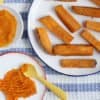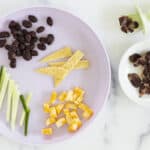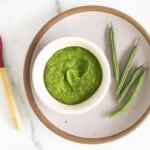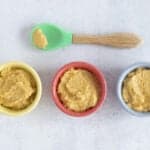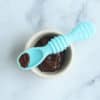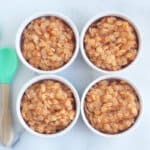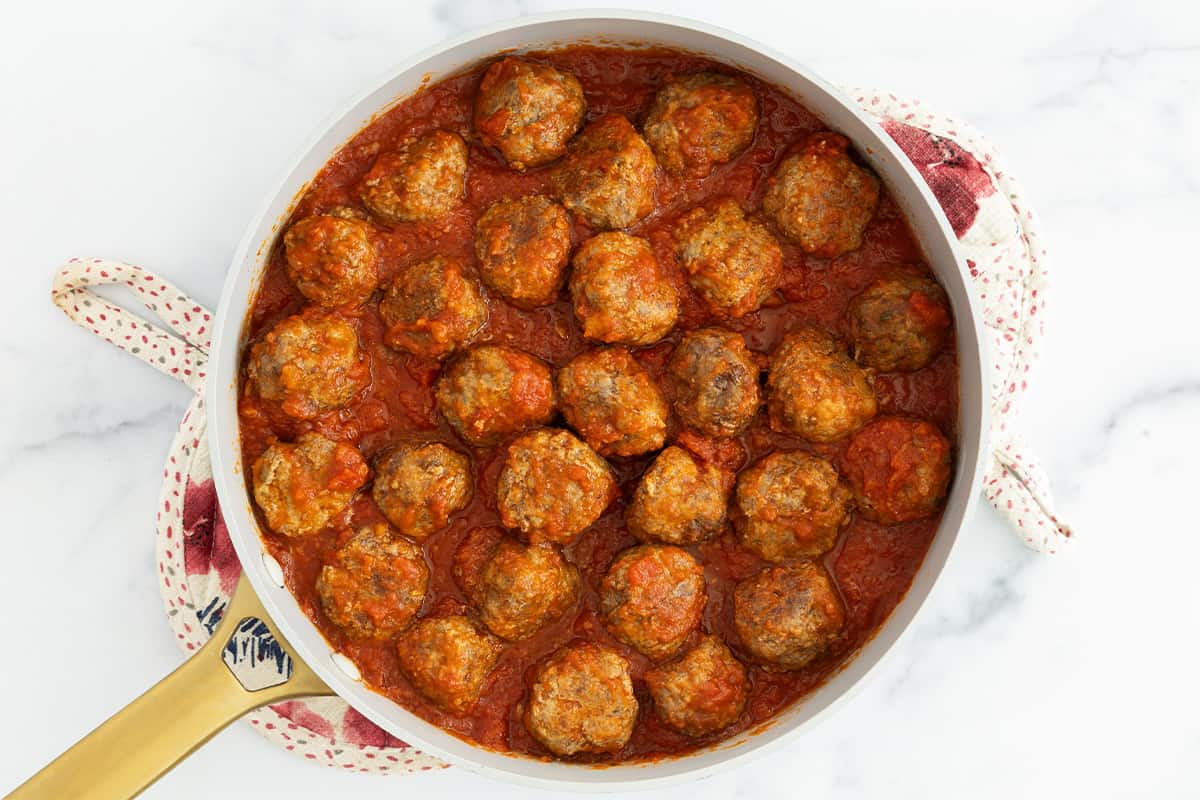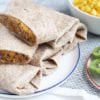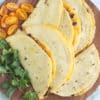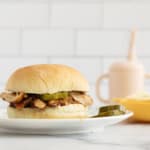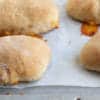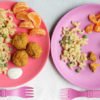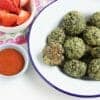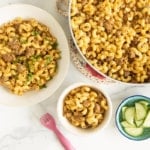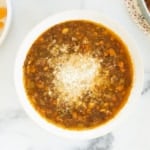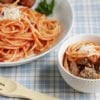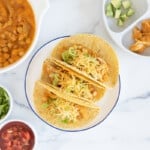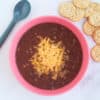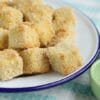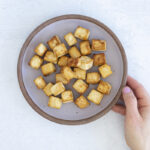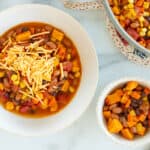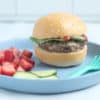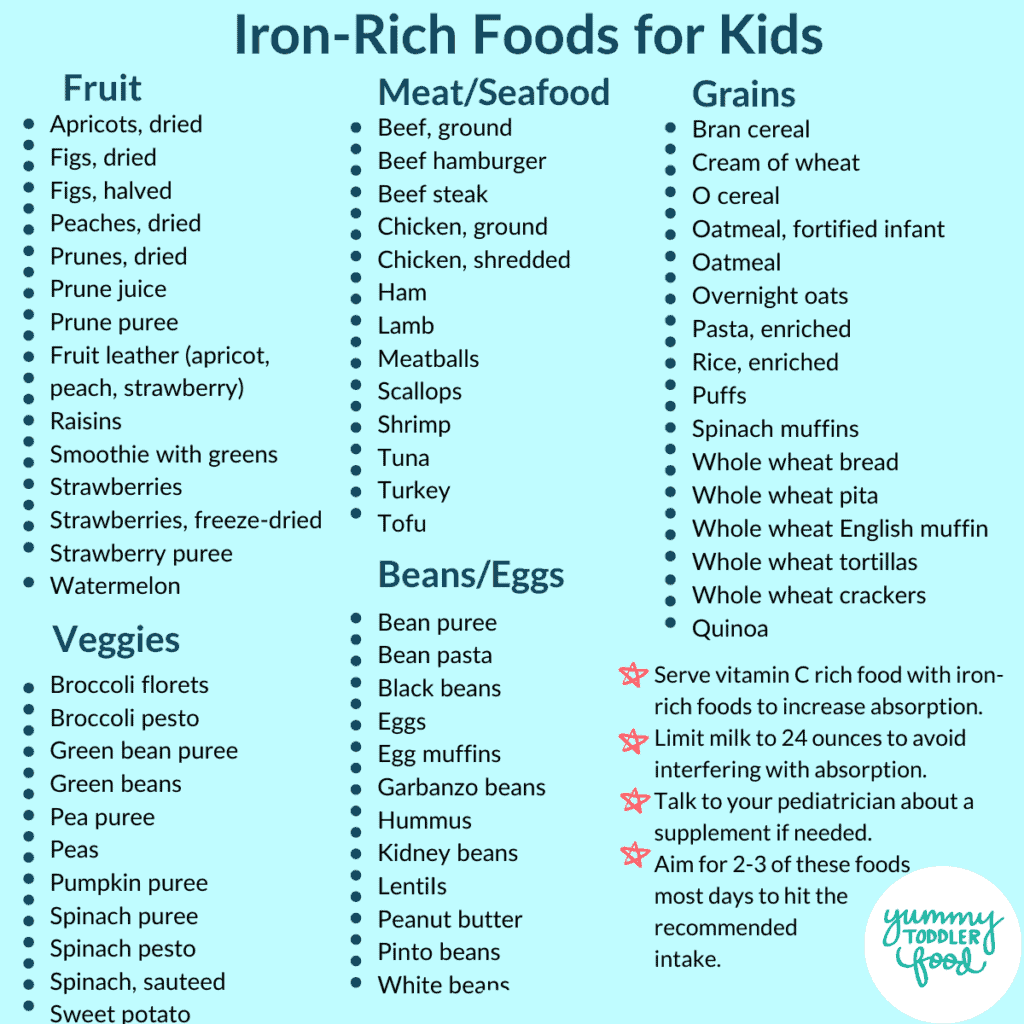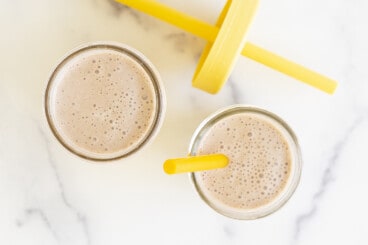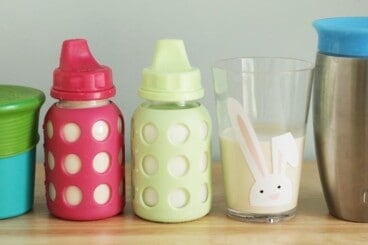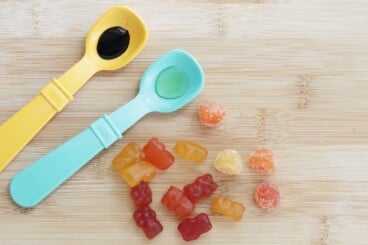Iron-Rich Foods for Kids
Ensuring that your kids are getting enough iron can seem hard when they’re in a phase of picky eating—or just not eating a ton. But since iron deficiency and iron deficiency anemia are common issues with kids and can impact their development and behavior, it’s important to try to include iron-rich foods in their daily meals. For some context, according to the American Academy of Pediatrics, “Among children ages 1 to 3 years, iron deficiency occurs in 6.6 percent to 15.2 percent of toddlers, depending on ethnicity and socioeconomic status.” This is much higher than I would have expected. They say that preterm infants, exclusively breastfed infants, and infants at risk of developmental disabilities are at higher risk for deficiencies. If you are concerned, a good starting point can be checking with your child’s pediatrician and requesting a test for iron levels. A supplement may be necessary—or the levels may be just fine. That said, I never want parents to worry excessively about their child’s nutritional intake. And thankfully, adding iron to a diet is actually quite easy. My favorite iron-rich recipes for kids include Spinach Muffins, Extra-Veggie Baby Pasta, Oatmeal Bars, Meatballs, Chicken Puree, Butter Chicken, Chicken Tacos and Spinach Eggs. For more, scroll down.
How much iron does my child need?
Toddlers from 1 to 3 years old need 7 mg/day of iron. Kids from 4 to 8 need 10 mg/day. For context: Sign up for our email updates to get tips and ideas sent to your inbox.
¾ cup Cheerios: 6 mg 1 serving fortified infant oatmeal: 5 mg 4 ounce hamburger: 5 mg 2 ounces Banza chickpea pasta: 4 mg ½ cup dried peaches: 3.2 mg 2 ounces Barilla red lentil pasta: 3 mg ½ cup lentils: 3 mg 1 cup prune juice: 3 mg Spinach Quesadilla: 2.1 mg ½ cup dried apricots: 1.7 mg ½ cup oatmeal: 1.7 mg Simple Green Smoothie: 1.7 mg Spinach Muffin: 1.4 mg 1 egg: 1.4 mg iron ½ cup raisins: 1.5 mg 1 slice whole wheat bread: 0.7 mg ½ cup fortified baby puffs: 0.7 mg 1 ounce hummus: 0.7 mg 2 tbsp peanut butter: 0.6 mg ½ cup edamame: 0.5 mg 1 cup watermelon: 0.4 mg
TIP: It’s possible that your kiddo is already getting enough iron just by eating normal toddler-size servings.
Does my child need an iron supplement?
This question will vary a lot by child so it’s best to check in with your doctor. Kids are routinely screened for iron deficiency when they’re babies and toddlers, so definitely discuss this with your pediatrician if you don’t remember what those results were, if your child is older, or if you’re just curious about supplementing. It can be hard to find a multivitamin with iron, so check the label, or consider a separate iron supplement in consultation with your doctor.
What are the best sources of iron for kids?
The AAP recommends that iron come from iron-rich foods for kids first and foremost. The type of iron in meat, fish, and poultry is easier for our bodies to absorb, but adding a range of iron-rich foods is your best bet. Here are some examples of foods with a good dose of iron.
Red meats like beef and lamb Dark meat poultry Seafood including shrimp and oysters Iron-rich vegetables including dark leafy greens (think Popeye!), baked potatoes, and pumpkin Beans and legumes like kidney beans, lentils, and tofu Fortified cereals like Cheerios and some hot cereals including baby oatmeal Whole grains and whole grain products (including some of the newer bean pastas like Banza)
TIP: A toddler-size serving of meat is 2 tablespoons to ¼ cup. A toddler-size serving of produce is 2 tbsp to ¼ cup. A serving of beans and legumes is 1-2 tablespoons for younger kids and ¼ cup for older kids. (Find more specifics in my Daily Toddler Nutrition Guide.)
Top 10 Best Iron-Rich Foods for Babies
Here are my go-to iron-rich foods for kids that you can feed to a baby who’s eating purees or baby led weaning style foods. TIP: The iron stores that babies are born with start to run out starting around 6 months, so you’ll want to incorporate these foods into your baby’s diet from an early age.
Top 15 Best Iron-Rich Foods for Toddlers and Big Kids
These foods are easy to prepare and packed with iron for kids. TIP: Aim to serve 2 or 3 of these foods (from either the baby or toddler list) most days, and you should easily provide enough opportunities for your child to eat enough iron.
Add Vitamin C for Increased Iron Absorption
If you pair iron-rich foods with produce with plenty of vitamin C—think citrus, strawberries, kiwis, tomatoes, dark greens, and bell peppers—the iron will be more readily absorbed by the body. Some ideas to consider:
Pasta with Healthy Meatballs (vitamin C from tomatoes, iron from beef) Bean and Beef Burritos with salsa (iron in beans, Vitamin C from salsa) Black Bean Quesadillas with chopped tomatoes on the side (iron in beans and whole grain tortilla, vitamin C from tomatoes) Simple Green Smoothie for kids (iron from greens, vitamin C from fruit) Spinach Muffins with kiwi (iron in spinach, vitamin C from kiwi)
Keep an Eye on Milk Consumption
Experts at the Mayo Clinic also advise against letting the kids have more than 24 ounces of milk in a day (or three 8-ounce servings), which could negatively impact iron absorption. That much milk for toddlers could also make them less hungry for other foods, which could also limit how much iron they’re able to eat through foods.
Iron-Rich Kid-Friendly Breakfast Recipes
Here are some of my favorite recipes for kids of all ages that are rich in iron.
Iron-Rich Lunches and Snacks
In this list, you’ll find yummy snacks and lunch ideas for kids that are also good sources of iron.
Iron-Rich Baby Food Purees
It can be helpful to include iron-rich foods in baby’s daily meals, and here are some easy, flavorful purees to try.
Iron-Rich Dinners for Kids
Serve up a yummy family dinner with these easy ideas that the whole family can enjoy together.
Printable Iron-Rich Foods List
For easy reference, you can print this list of iron-rich foods for kids to keep in your kitchen or save the image on your phone. Simply sign up for my newsletter and gain access to my entire FREE Resource Library of printables.
Best Tips for Success
Aim to serve 2 or 3 iron-rich foods a day. Consider pairing an iron-rich food with a food rich in vitamin C. Check in with your pediatrician with concerns. Request a test for iron-deficiency if there hasn’t been one. Fortified breakfast cereals can be an easy snack or breakfast with higher iron levels than many other kid-friendly foods.
I’d love to hear if iron has been an issue for you with your kids. Chime in below in the comments!
Ultimate Guide to Protein for Kids
What’s the Best Milk for Toddlers?
Favorite Toddler Pasta Recipes
Ultimate Guide to Toddler Vitamins
This post was first published May 2020.
